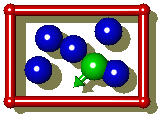
Metropolis Sampling (1953)




|
assume that the system is in a current configuration (of the particle positions) labelled C(n) |
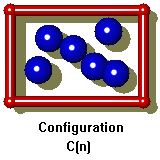
|
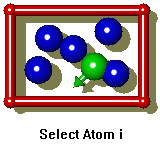
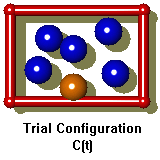
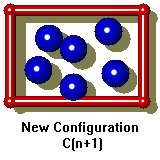

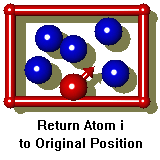
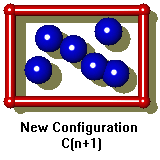
Animated summarys of successful and unsuccessful motion attempts are available for those using netscape v.2.0+ or higher using animated gifs.


